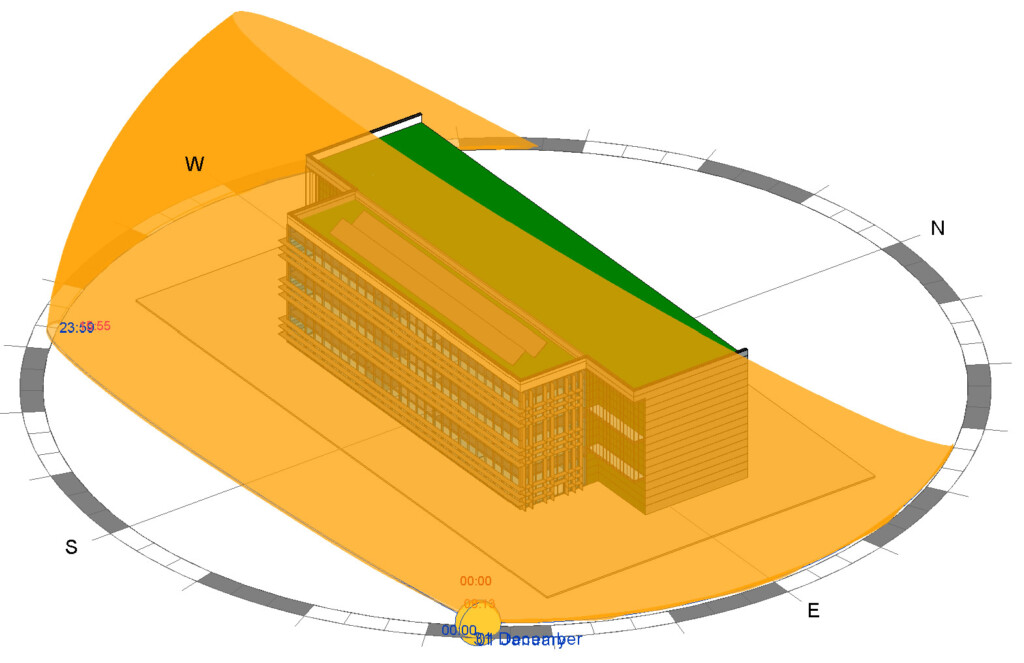Experience and expertise to shape the future
At studioNWA we are designing some of the most cutting edge data centres in the world. Our specialists collaborate with our clients to provide creative designs that are ground breaking, robust, energy efficient and considerate to the environment. We deliver reliable and adaptable solutions for our clients to suit their requirements - present and future. We have been doing so since the practice was established in 2002. We are committed to pushing the boundaries of design. With our expertise and passion for excellence, we have earned a reputation for delivering reliable, innovative, and environmentally conscious solutions.
Discover more
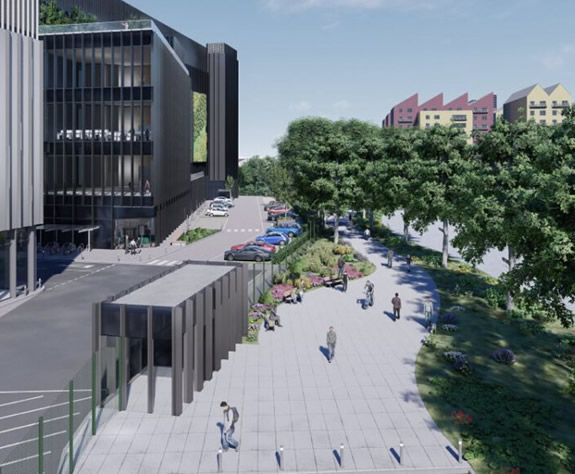
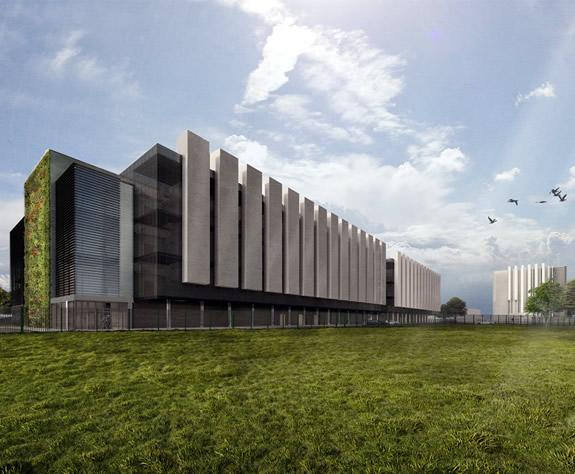
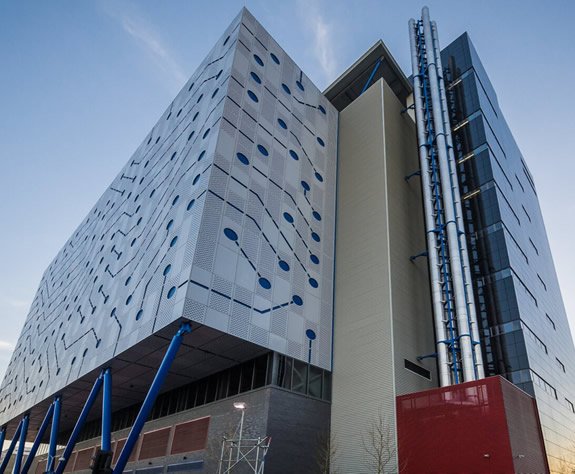

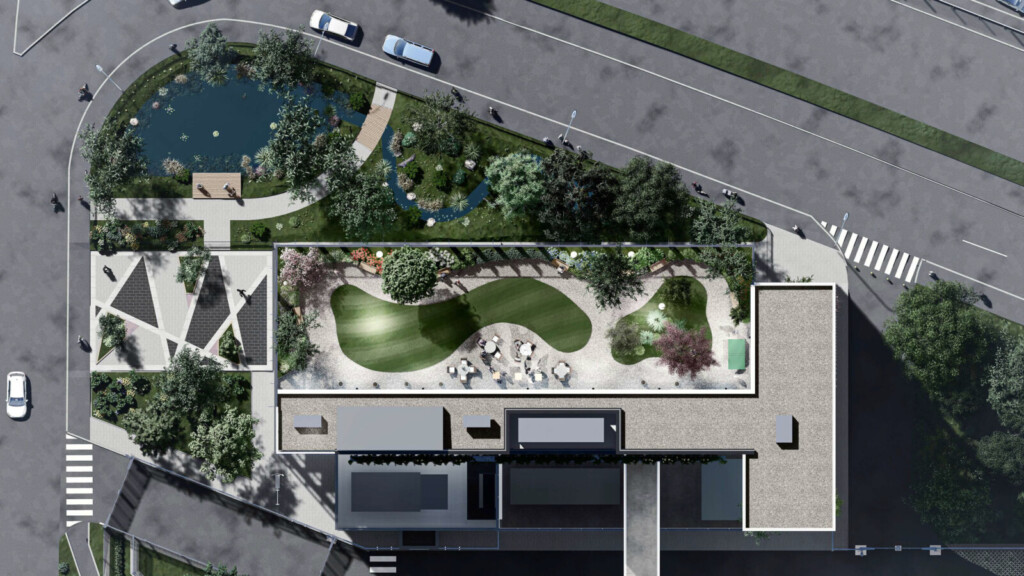
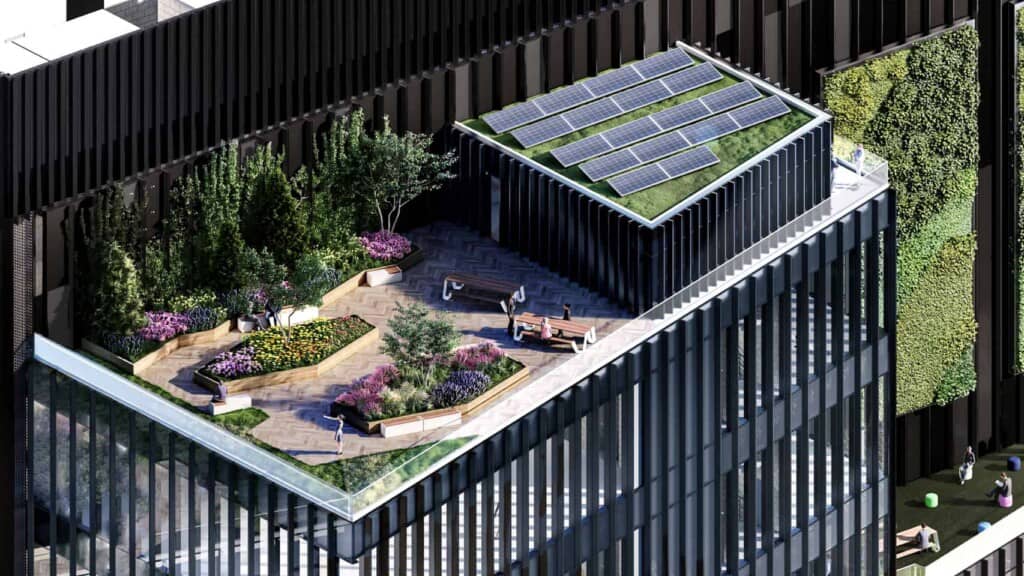
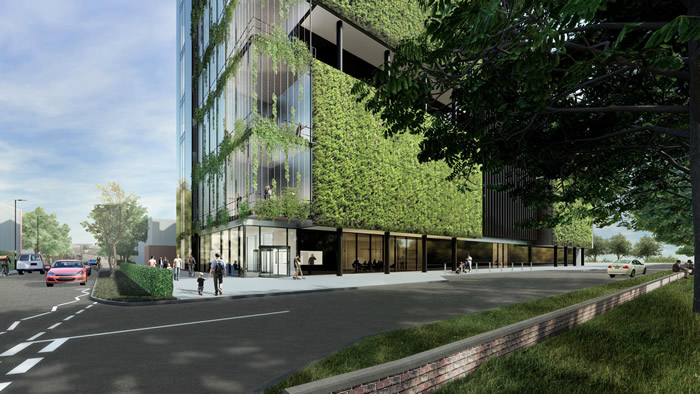
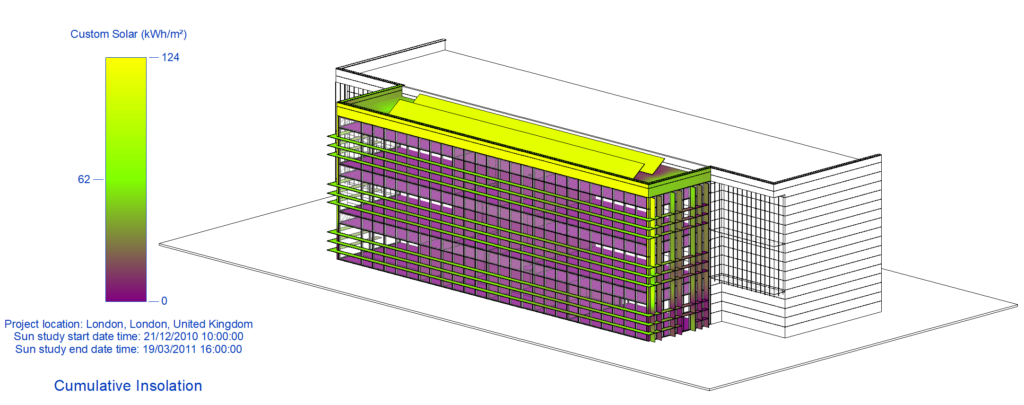 Glazing ratios and solar shading devices designed to suit solar orientation ensure the building façade becomes more resilient to excessive heat gains and losses.
Glazing ratios and solar shading devices designed to suit solar orientation ensure the building façade becomes more resilient to excessive heat gains and losses.